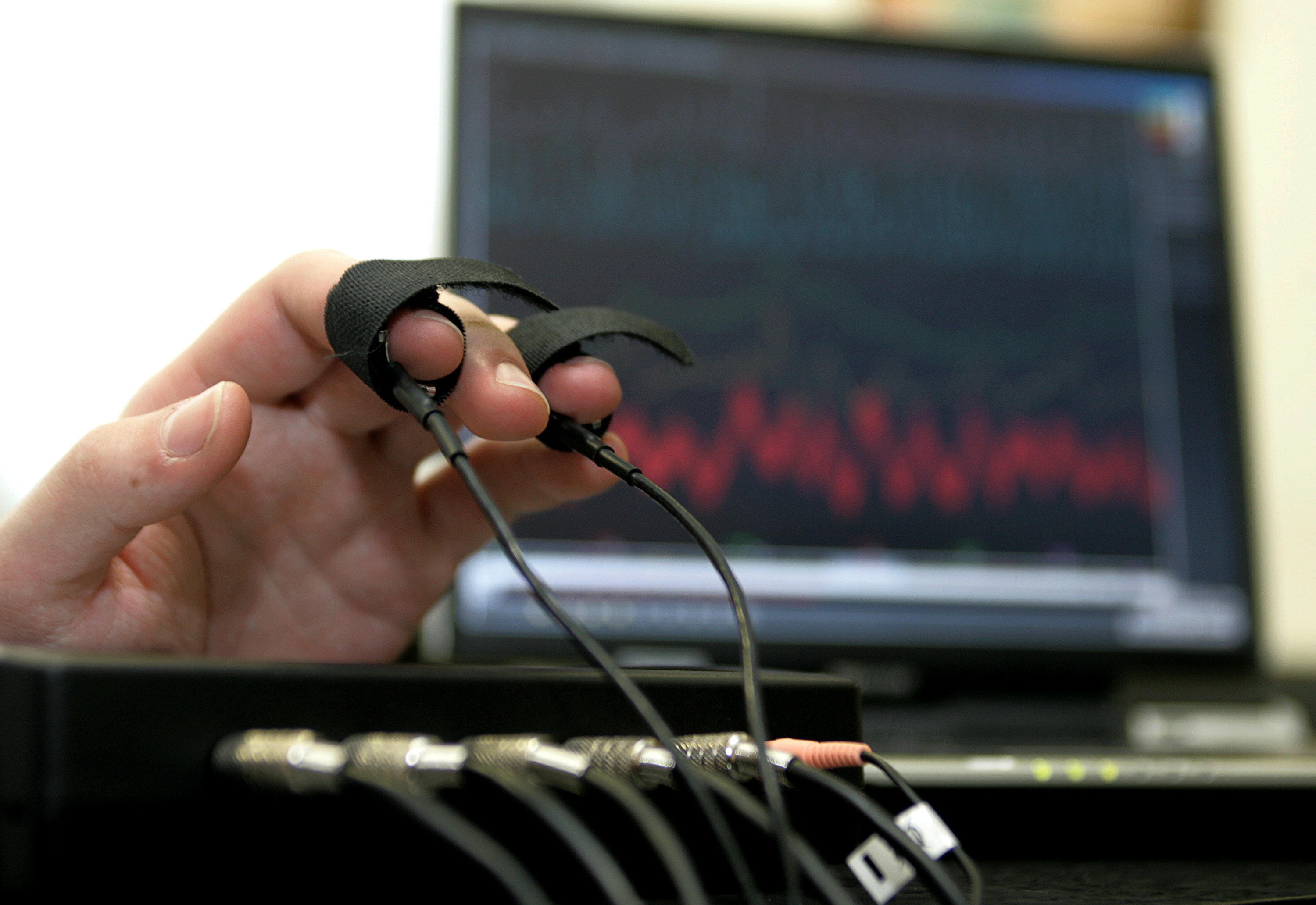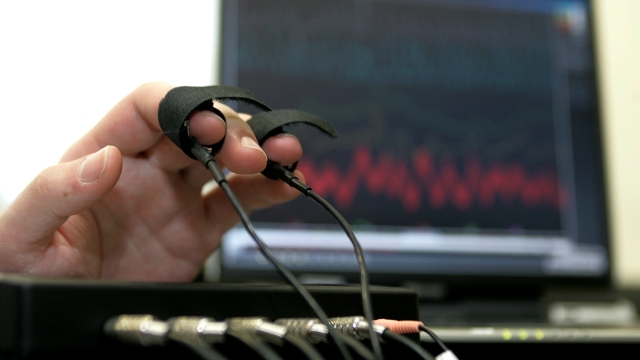
In a world where honesty is prized and deceit can have far-reaching consequences, the concept of a lie detector test has long held a place of fascination. The idea that a simple machine could reveal the truth hidden within a person’s words is both intriguing and somewhat mysterious. But what exactly is a lie detector test, and how reliable is it in uncovering deception?
At its core, a lie detector test, also known as a polygraph test, is a tool used to assess physiological responses while a person answers a series of questions. By monitoring factors such as heart rate, blood pressure, and sweat levels, the test aims to detect signs of stress or anxiety that may indicate lying.
History of Lie Detector Tests
Lie detector tests have a storied past, dating back to the early 20th century. The first polygraph machine was created by John Augustus Larson in 1921, revolutionizing the way deception could be detected. Larson’s invention marked a significant development in the field of forensic science, allowing investigators to measure physiological responses as a means of detecting lies.
Over the years, lie detector tests have been met with both fascination and skepticism. Despite their popularity in law enforcement and government agencies, the accuracy of polygraph results has been a subject of debate. Critics argue that the tests are not foolproof and can be influenced by variables such as anxiety or physical conditions, casting doubt on their reliability as a definitive indicator of deception.
Despite the controversy surrounding their accuracy, lie detector tests continue to be used in various contexts, from criminal investigations to pre-employment screenings. While advancements in technology have improved the precision of these tests, the debate over their efficacy remains ongoing. As our understanding of the human body’s physiological responses to deceit evolves, so too does the quest to unravel the truth behind lie detector tests.
Accuracy of Lie Detector Tests
Lie detector tests, also known as polygraphs, are often portrayed as highly accurate tools for detecting deception. However, their reliability has been a subject of debate among experts for many years. While proponents argue that these tests can accurately detect lies by measuring physiological responses such as heart rate and sweating, critics point to studies showing that the accuracy of polygraphs can be as low as 70%.
One of the main challenges with lie detector tests is that individuals can manipulate the results through various means, such as intentionally altering their physiological responses or by using countermeasures to deceive the polygraph examiner. This manipulation can significantly impact the accuracy of the test results, leading to false positives or false negatives.
Lie detector test
Ultimately, the accuracy of lie detector tests depends on various factors, including the expertise of the examiner, the conditions under which the test is administered, and the individual being tested. While these tests can provide valuable information in some cases, they are not foolproof and should be used cautiously in situations where accurate deception detection is crucial.
Ethical Considerations
First and foremost, when considering the role of lie detector tests in various settings, it is crucial to address the ethical implications involved. The use of such tests raises questions about privacy, consent, and the potential for false accusations or misunderstandings based on the test results.
In the pursuit of truth, it is important to acknowledge the limitations of lie detector tests and the potential for inaccurate results. Relying solely on these tests to determine guilt or innocence can lead to serious consequences for individuals who may have been wrongly accused or misunderstood due to the test’s outcome.
Furthermore, the coercive nature of requiring individuals to undergo lie detector tests can infringe upon their rights and autonomy. It is essential to approach the use of these tests with caution and awareness of the ethical considerations involved to ensure fairness and respect for all parties involved in the process.

